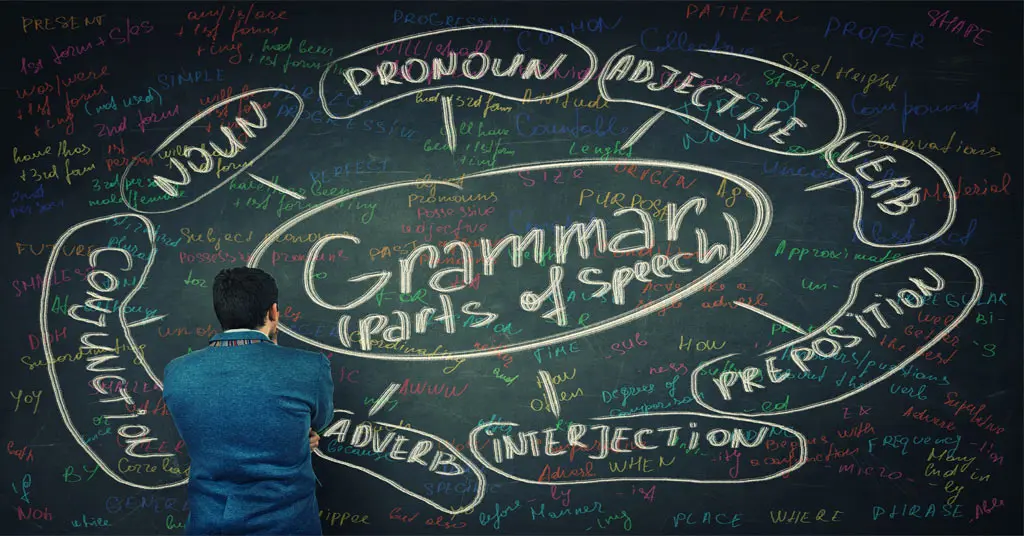So you want a perfect score on the ACT®? That means getting almost all the questions right. (Yes, you can get a couple questions wrong and still score a 36.) How do you do it? Follow these 5 simple steps.
1. Practice with real questions
It’s a good idea to first check out questions from the ACT itself. They put out real questions from previous exams for test takers to review, which is helpful both to familiarize yourself with the content and types of questions you can expect on exam day. The more recent the questions, the better, because they will reflect the most current test (be sure not to use any material older than September 2015, which is when some portions of the test changed).
The more you familiarize yourself with the types of questions being tested, the more you can tailor your studies. Focus on identifying the types of questions that give you difficulty so that you can learn what you need to study, especially since you can’t afford to miss more than one question per section if you’re aiming for a perfect score.
2. Get the explanations
Simply doing a bunch of practice questions is not going to make a big difference in your score unless you understand what you missed or guessed on. This is where finding a study tool with explanations comes in. There are several online question banks that offer up ACT practice tests with free trial sample questions. Beware there are sources that don’t have explanations, those with explanations that are either too technical or not detailed enough, or worse, those that simply point you to another reference to purchase in addition to your practice test. You don’t need another reading assignment. You just need an explanation that is short, clear, and to the point.
Learning from your mistakes is one of the best test-prep activities you can do. Understanding why you missed certain questions and then filling in the gaps in your learning with clear explanations will help when you inevitably face similar questions on the actual ACT.
3. Time yourself
The timing on the ACT is very challenging, more so than on the SAT. Without a lot of time for each question, knowing when to speed up and slow down is very helpful. To get a perfect score, you have to answer all the questions (you are allowed one wrong answer choice per section). Some can be answered very quickly, like a simple grammar question, whereas others take more time, like a question that asks you about organizing a paragraph or passage as a whole.
Try setting a timer when you practice to see if you’re finishing each section in the time allotted. Ideally, you want to have 5–10 minutes left after finishing each section to look back over the questions you found challenging. If your time is consistently too high (you’re not finishing all the questions in a section), you may need to time individual questions to see which ones are taking the longest. Some online test prep providers will display your time spent on each question and also compare your time with other students who completed the same question–a great way to see how you’re measuring up.
4. Get familiar
Being familiar with the test means you know what to expect on test day. You don’t have to waste time reading the instructions because you already know what to do on the multiple-choice sections. Here’s what you need to know about the test format:
The test always starts with a 45-minute English section consisting of 5 passages and 75 questions. More than half are “conventions” (standard English usage) questions that deal with sentence structure, punctuation, and common usage. A third have to do with how topics are developed and how ideas are organized. The rest have to do with word choice and the writer’s style and tone.
Expect 60 math questions in 60 minutes next. Almost 60% of this section deals with algebra, functions, geometry, and statistics & probability. Another 40% has to do with integrating skills involving things like rates, percentages & proportions; area & volume; average & median; and expressing numbers in different ways. Also, there are typically a few questions dealing with basic trigonometry. Because you’re not given a formula sheet, you should memorize any math formulas you might need ahead of time.
The third part consists of 40 reading questions that must be done in 35 minutes. There are 4 passages with 10 questions each in fiction, social science, humanities, and science. You can expect more than half of the reading section to have questions about key ideas, details, and inferences. Another one-fourth to one-third of the questions will ask about the author’s purpose and point of view. There are also some questions about how an author uses evidence to make connections and testing whether students can differentiate between facts and opinions.
The last multiple-choice section consists of 40 science questions that must be completed in 35 minutes. Of these, 45-55% will ask you to interpret data in graphs, tables, and other diagrams. Another 25-35% of questions deal with evaluating models, making inferences, and understanding the results of experiments. The passages for these come in the form of research summaries, data representation, and conflicting viewpoints.
By getting familiar with the format of the questions in each section, you can develop a strategy for answering them. For example, in the science section, you might choose to improve time efficiency by skimming the passages just for the relevant information asked for in the questions. You should know how to quickly eliminate incorrect answers and choose among the remaining ones. You won’t have time to second-guess yourself, so it’s important to be confident in your selection.
5. Keep at it
Achieving a perfect score isn’t easy; you have to be mentally tough and believe you can do it. That’s why only about 1% of all test takers get a 36. If you want to be in that elite group, you must practice enough test questions so that you recognize what’s being asked immediately and know the best strategy for getting the correct answer in the shortest time possible.
Getting enough practice questions under your belt is important but can take many hours, so figure out what you need to do to make it happen. Finding a test bank with thousands of questions will allow you to persist with your studies and will give you the best chance of success. Practicing online is convenient and will allow you to slip in some extra study whenever you have a free minute waiting in line, carpooling, or during TV commercial breaks. With dedicated effort, you have a shot at a perfect score.
UWorld is a leading provider of online test preparation for high-stakes professional and placement exams, including the SAT and ACT. Learn more at https://collegeprep.uworld.com




